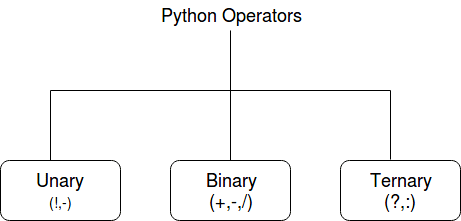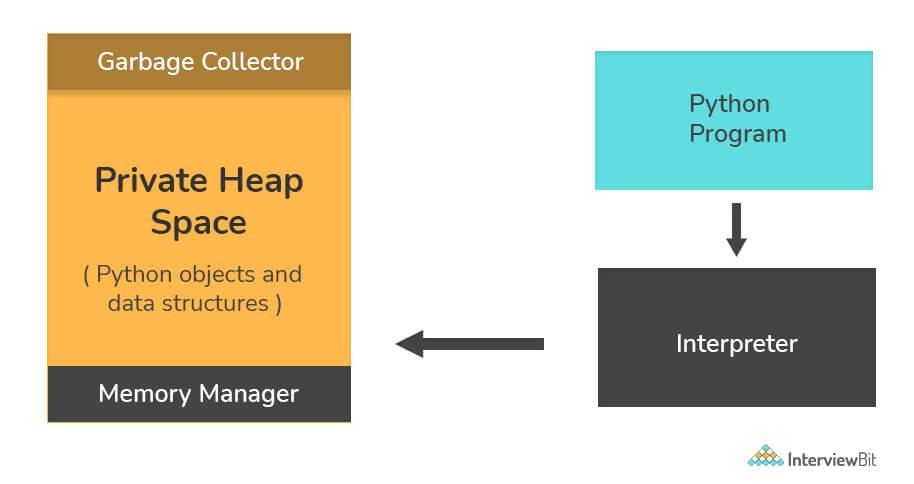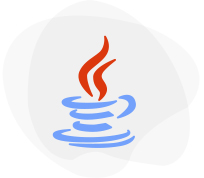Top 21 Python Interview Questions
Python programming is used for Machine learning, Artificial Intelligence,
Web Development, and various other domains as it is capable of supporting powerful computations using powerful libraries.
Python is an object-oriented language that can run on various platforms like Linux, Windows, UNIX, and Macintosh.
Python training course allow freshers and experienced aspirants to bag jobs with a high package in top most IT companies.
The below mentioned interview questions on Python help students undergoing Python training course to face any interview.
These interview questions for Python are selected from all the basic topics of Python programming language.
- 4.9 Rating
- 21 Question(s)
- 60 Mins of Read
- 536 Reader(s)
Python is a scripting language for general purpose programming. It is a high-level programming language used to build applications. It supports objects, modules, threads, exception-handling, and automatic memory management for developing applications.
It is preferred by developers for rapid application development and deployment.
The language that runs directly from the source code without any compilation is considered an interpreted language. Python, Javascript, R, PHP and Ruby are a few examples of interpreted language.
PEP stands for Python Enhancement Proposal. PEP 8 is important as it contains the style guidelines for Python code. Developers need to follow these guideline while contributing to the Python community.
Scope provides accessibility for objects in python. The coding region where variables are visible is defined as scope.
There are four types of scope namely:
- Built-in: Variables not defined under global, enclosed or local are searched in the built-in scope.
- Global: These variables are accessed inside and outside the function.
- Enclosed: These are also defines as nonlocal variables defined inside a nested function.
- Local: These are variables defined inside a function body.

The built-in datatypes in Python include
- Numbers: Integers, floating point numbers, and complex numbers
- List: An ordered sequence of items containing elements of different datatypes
- Tuple: Tuples are immutable ordered sequence of elements that belong to different data types.
- String: A sequence of characters declared within single or double quotes
- Set: A collection of unique items that are not in order
- Dictionary: It stores values in key and value pairs. The values can be accessed through the key.
.py are the source code files and .pyc are the bytecode files in Python. ,py files are converted to .pyc files through the interpreter saving time.
The main attributes used in Python include:
- Global: Public variables defined in the global scope are called global
- Protected: They are attributes defined with an underscore that can be accessed from outside the class they are defined in.
- Private: Attributes defined with double underscore that cannot be accessed from outside the class they are defined in.
It is a multiline string used to document a specific code segment.
It describe the task performed by a function or a method.
Files containing the Python code are called modules. The code contains either function classes or variables.
Examples of built-in python modules:
• os
• sys
• math
• random
• JSON
• data time
Indentation specifies a block of code within loops, classes, and functions. The code which is not indented does not execute and throws errors.
Arrays hold similar datatype elements whereas lists hold elements of different datatypes
A block of code that is executed when called is called a function. The def keyword is used to define a Python function.
The _init_ method or constructor is automatically called to allocate memory when a new object or instance of a class is created.
An anonymous function that can have any number of parameters but, only one statement is defined as lambda function.
Break: Allows loop termination when some condition is met and the control is transferred to the next statement.
Continue: Allows skipping some part of a loop when some specific condition is met and the control is transferred to the beginning of the loop.
Pass: Used when you need some block of code syntactically, but you want to skip its execution. This is basically a null operation. Nothing happens when this is
Operators are symbols that operate on some values and produce an output as a result. There are three types of operators namely unary, binary, ternary.

Python uses a rich set of operators to perform a variety of operations. The following are the different types of operators:
• Arithmetic operators
• Relational operators
• Logical operators
• Membership operators
• Identity operators
• Bitwise operators

The method used to select a range of items from sequence type like list, tuple, and string in Python is called Slicing.
Syntax for slicing is [start:end:step]
The Python Memory Manager handles memory management in Python. The manager allocates the memory in the form of a private heap space. All the objects are stored in this heap which are inaccessible to the programmer. The built-in garbage collection recycles the unused memory for the private heap space.

Decorators add design patterns to a function without causing any change in the structure of the function. They are defined before the function with the symbol @.
The negative index starts from -1. It is the last number in the sequence followed by -2. It is used to remove the new line spaces from the string and allow the string to expect the last character in the string i,e. S[:-1]. It is used to represent the string in the correct order.

{{ crs.category_name.all|join:" • " }}
Java Course Training Online
{{ crs.category_name.all|join:" • " }}
Python Core Training Course OnlineRecorded Videos
- Enhance students learning Experience.
- Relief the pressure of Note-Taking.
- Lifetime Access.
- Learning Flexibility.
- Easy to retakes of each sessions.
- Pocket friendly course.
Live Interactive Classes
- Lectures bring together diversed group of students to learn in different ways.
- Live interactive Instructor-led training.
- 24 x 7 hours learning assistance.
- Have a team of well-qualified expert trainers.
- Lifetime access of class recordings.
- Affordable fees.
Sign in to your account
Sign in to your account
Welcome back! Login with your data that you entered during registration.
-
-
Email and Password are case sensitive...
- Forget Password
Forget Password
We will send a password reset link on your email.
-
Please enter registered email.
Create Account
Create Account
Use your email for registration.
-
Please enter name
-
Please enter email
-
Please enter password
Must be grater 6 characters as long.
Can contain any letters a to z or A to Z.
Can contain some special characters eg(@,#,$,%,&,*,%).
Can contain any numbers from 0 to 9.





